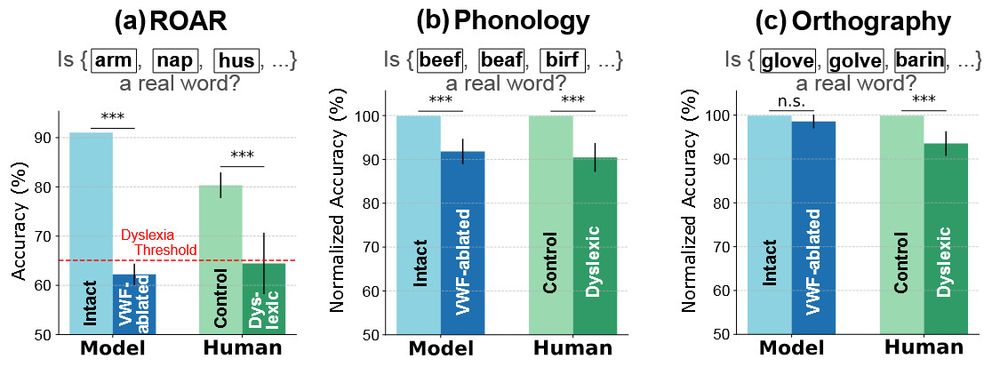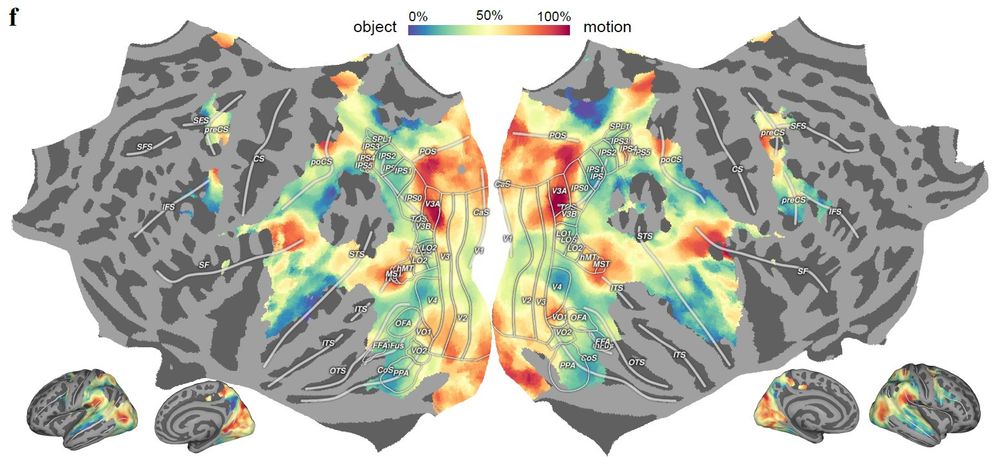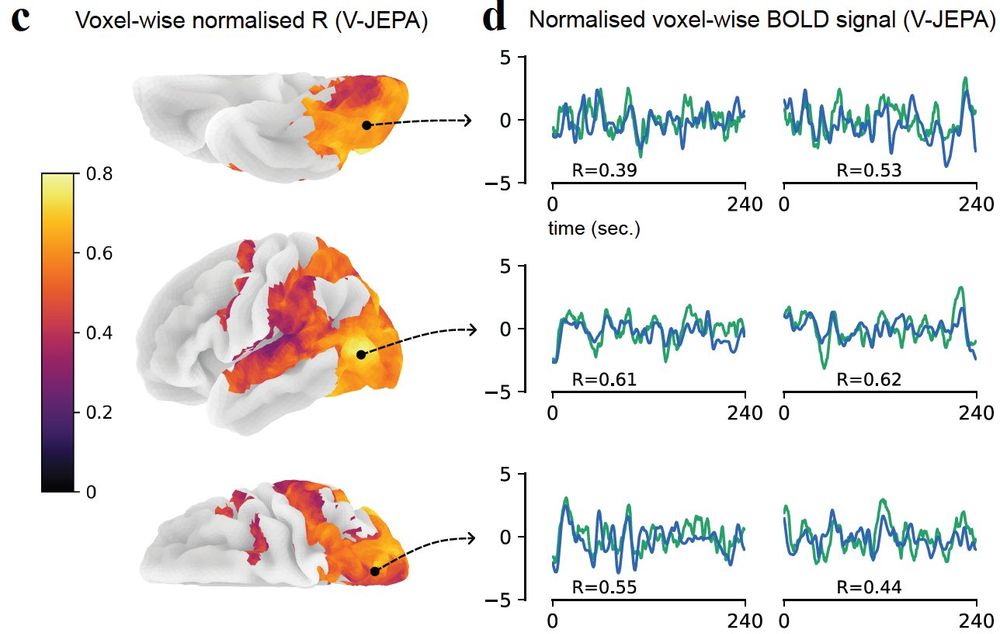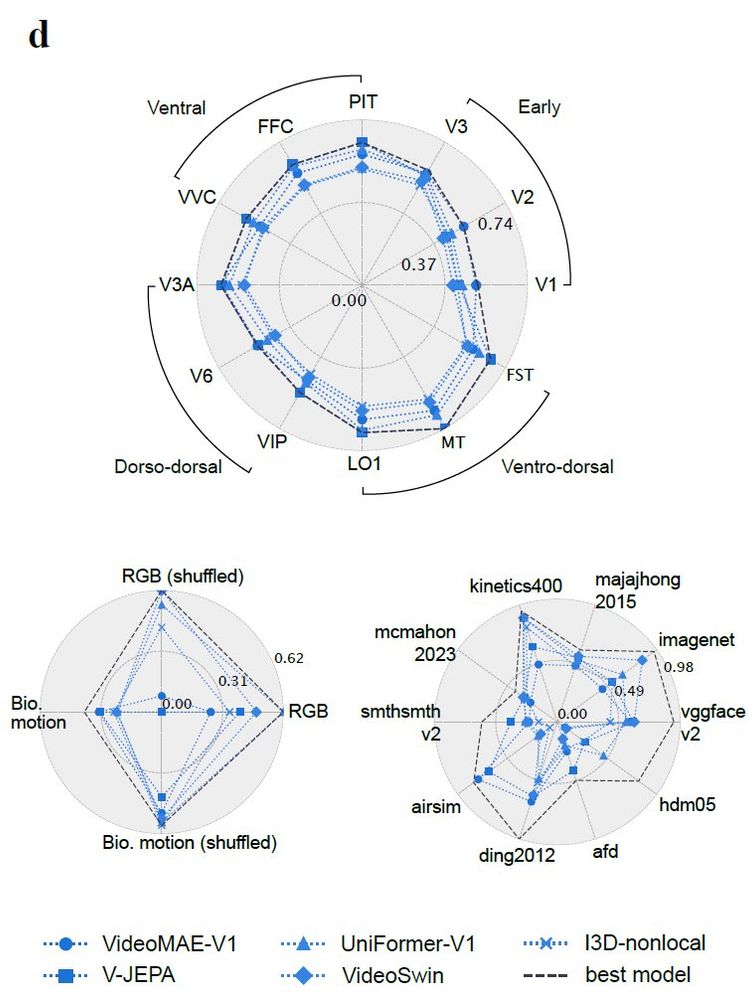Martin Schrimpf
@mschrimpf.bsky.social
2.7K followers
62 following
55 posts
NeuroAI Prof @EPFL 🇨🇭. ML + Neuro 🤖🧠. Brain-Score, CORnet, Vision, Language. Previously: PhD @MIT, ML @Salesforce, Neuro @HarvardMed, & co-founder @Integreat. go.epfl.ch/NeuroAI
Posts
Media
Videos
Starter Packs
Reposted by Martin Schrimpf
Reposted by Martin Schrimpf
Reposted by Martin Schrimpf
Reposted by Martin Schrimpf
Reposted by Martin Schrimpf
Reposted by Martin Schrimpf

















